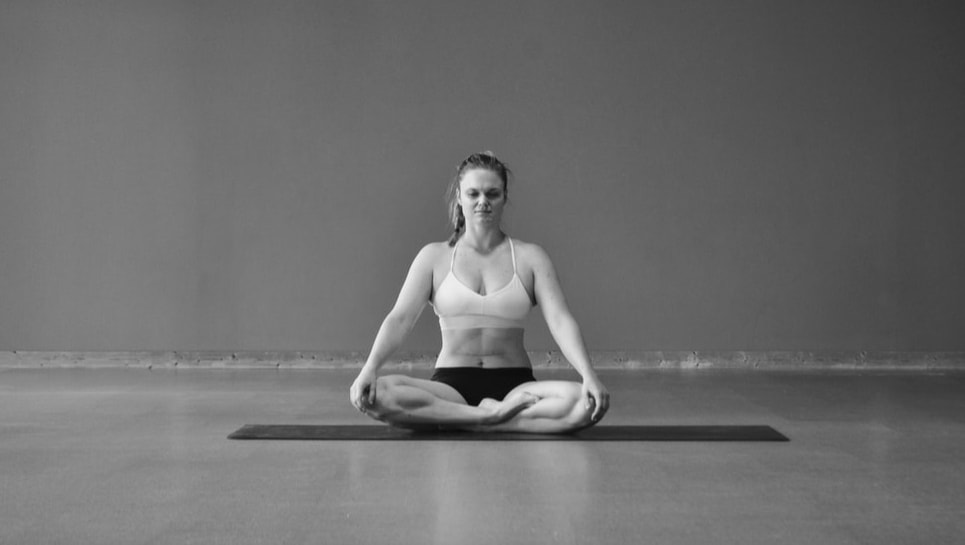|
The Yoga Sutras of Patanjali are known as the fundamental text for the system of yoga. They are brief and dense, only 195 short verses, and they can be difficult to understand by themselves.
The sutras are not really intended to be understood without the explanation of a knowledgable teacher, and there is a long tradition of great teachers writing commentaries and explanations of each individual sutra. "Our understanding of Patanjali's text is completely dependent on the interpretations of later commentaries; it is incomprehensible, in places, in its own terms." (1) The first and best-known commentator to explain the sutras was Vyasa, from around the 4th or 5th century CE. Vyasa's commentary is practically inextricable from the sutras themselves and known as the bhashya, which means "commentary." "It cannot be overstated that Yoga philosophy is Patanjali's philosophy as understood and articulated by Vyasa." (2) It has been about 1600 years since the Yoga Sutras were created. In just the past 100-200 years, the understanding of yoga and the sutras themselves has changed somewhat, mostly due to modernization and recent philosophical developments. But in the prior 1500 years the Yoga Sutras were "remarkably consistent in their interpretations of the essential metaphysics of the system." (3) Modern yoga has gotten far from the values of the Yoga Sutras, which focus on the concentration of the mind and emptying its constructed identities to find its underlying reality. Modern interpretations of the Sutras can be shaded by Vedanta---an old Indian belief system that is separate from the Samkhya system of the Yoga Sutras---new-age philosophies and Western modalities. As yogis, the Yoga Sutras have a lot of insight to offer, and the accompanying commentaries are vital to understanding the sutras themselves. So when you pick up a copy of the sutras, try to find one with a traditional commentary. It will help you understand the intended meaning of this important text. 1. Bryant, Edwin. The Yoga Sutras of Patanjali, North Point Press, New York, 2009, p.xxxviii. 2. Ibid. p.xl 3. Ibid. p.xxxix
1 Comment
|
AUTHORSScott & Ida are Yoga Acharyas (Masters of Yoga). They are scholars as well as practitioners of yogic postures, breath control and meditation. They are the head teachers of Ghosh Yoga.
POPULAR- The 113 Postures of Ghosh Yoga
- Make the Hamstrings Strong, Not Long - Understanding Chair Posture - Lock the Knee History - It Doesn't Matter If Your Head Is On Your Knee - Bow Pose (Dhanurasana) - 5 Reasons To Backbend - Origins of Standing Bow - The Traditional Yoga In Bikram's Class - What About the Women?! - Through Bishnu's Eyes - Why Teaching Is Not a Personal Practice Categories
All
Archives
May 2024
|







 RSS Feed
RSS Feed